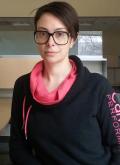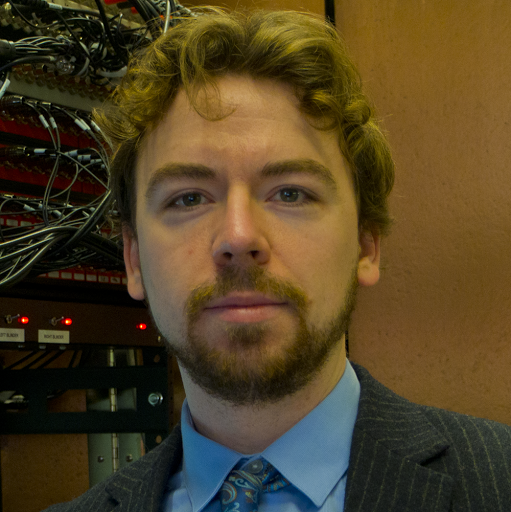Events on March 14, 2018

Tamara Bidone, Ph.D., Postdoctoral Scientist, Voth Research Group, University of Chicago Presents:
Computational Modeling and Simulations of Cytoskeletal Dynamics
March 14, 2018 at 12:00pm for 1hr
Evans Conference Room, WEB 3780
Warnock Engineering Building, 3rd floor.
Abstract:
Cytoskeletal dynamics plays a major role in many aspects of human health, including cell division, organ development, wound healing and cancer metastasis. Computational modeling and simulations based on mimicking sub-cellular cytoskeletal components and biochemical processes are powerful tools for gaining in-depth understanding of emergent cellular properties. My interest in this field is in the development of simplified coarse-grained stochastic algorithms for characterizing the dynamic and steady state properties of the cell cytoskeleton. In this seminar, I will talk about three models of cytoskeletal dynamics. Firstly, I will describe our agent-based model of actomyosin bundle formation and contraction. Second, I will describe our coarse-grained model predicting cytokinetic ring assembly dynamics. Lastly, I will talk about our phenomenological, kinetic model of focal adhesions formation for understanding cell mechanosensing. These models are based on algorithms that consider sub-cellular components, such as actin filaments, myosin motors or integrin adhesions, as 3D discrete elements within the simulation domain, undergoing stochastic fluctuations and dynamic interactions. The models are parametrized based on experimental measurements and are used both to test experimental hypothesis and to provide predictive results to design new experiments. For example, from the agent-based model of bundle formation, the interplay between actin filaments stiffness and their initial orientation is evaluated and compared with experimental data. By developing the model of cytokinetic ring assembly, I study the effect of dimensionality on the dynamics of ring formation. By developing the model of adhesion formation, I test the hypothesis that the kinetics of integrin/ligand binding can determine sensing of substrate rigidity. The details of the three models and their results will be presented and discussed in this seminar, with the purpose of providing evidence that our understanding of cellular dynamics can be greatly enhanced by developing new particle-based computational approaches.
Biography:
Tamara received her PhD in biomedical engineering in 2013 from the Polytechnic University of Turin, Italy. While a graduate student, Tamara joined the Kamm's lab at MIT and Aznar's lab at the University of Zaragoza, and worked on a computational model of actomyosin self-organization. After graduation, Tamara joined Vavylonis' group in Lehigh University to work on a model of contractile ring assembly in collaboration with experimental groups (D. Zhang, Temasek Life Science Laboratory in Singapore, and J.Q. Wu, Ohio State University). While at Lehigh University, Tamara was instructor of the course of Computational Physics. She subsequently joined Voth's group at the University of Chicago in 2016, to work on a model of focal adhesions.
Posted by: Nathan Galli

Nathan Killian, Research Fellow in Neurosurgery at Harvard Medical School Presents:
Neural Prostheses for the Visual Brain
March 14, 2018 at 1:15pm for 1hr
SMBB 2650
Abstract:
Advances in neural interfaces have made tremendous impacts on health and well-being; however, there is still a great need to develop effective treatments for conditions that disrupt cognition. Alzheimer’s disease (AD) is the cognitive disorder with the highest global socioeconomic burden. Currently available pharmacological treatments for AD have minimal clinical benefit, positioning it as an excellent target for device-based intervention. AD pathology originates in the entorhinal cortex (EC), a structure in the medial temporal lobe that serves as a communication hub for the hippocampus and is critical for visuospatial learning and memory. In this talk, I will illustrate a variety of ways in which EC neurons encode visual information and how individual EC layers act as functional mnemonic units. I will then turn to the brain’s earliest visual processing stages and describe the development of a visual prosthesis targeting the lateral geniculate nucleus (LGN). Finally,
Posted by: Nathan Galli




